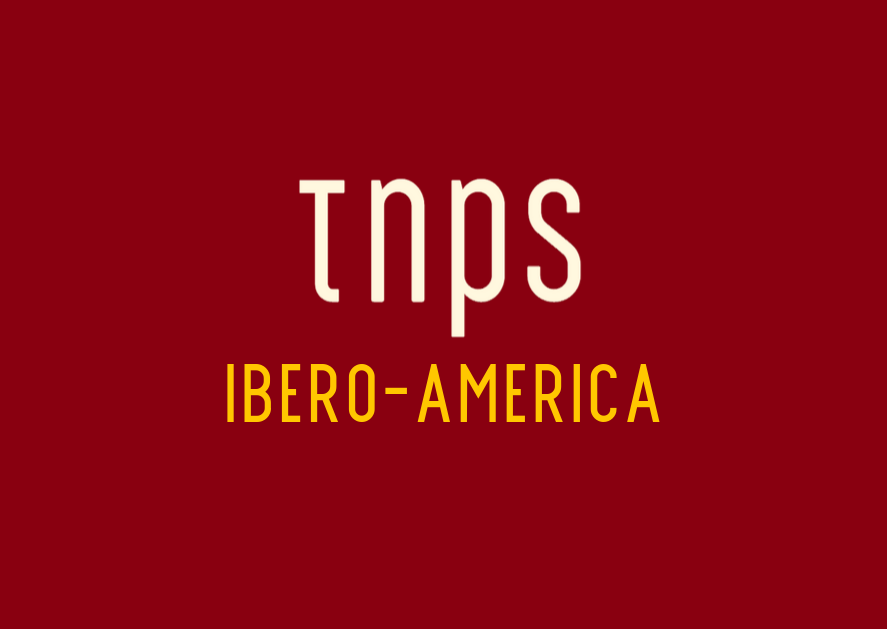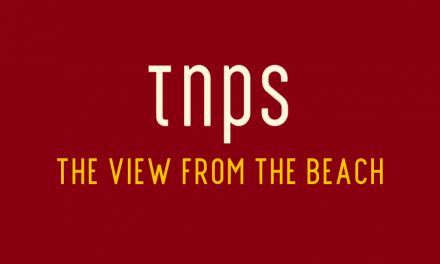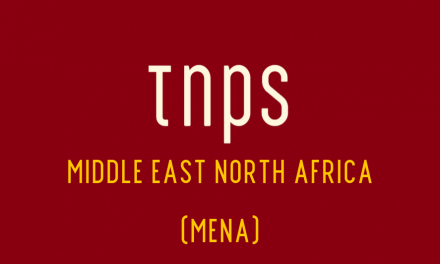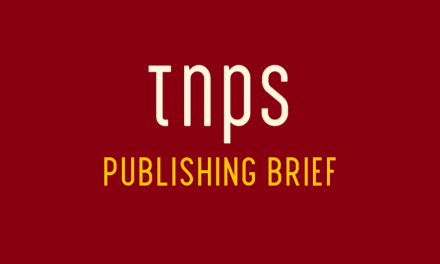When it comes to the Spanish-language market we tend to think of Spain and Mexico, possibly Argentina, and just maybe the USA.
In fact the USA has more Spanish speakers than Spain, but is often overlooked by publishers and authors when assessing the prospects for Spanish-language titles.
A safer bet still is that countries like Chile and Colombia get less consideration, while the “smaller” South American states (Paraguay, Uruguay, Peru, Ecuador) barely warrant a second thought, and that the Central American nations are dismissed as irrelevant.
As for the Caribbean islands…
So we might be surprised to learn that the Havana International Book Fair is not only one of the biggest Spanish-language book fairs by visitor numbers, but among the biggest in the world.
I’m still waiting on confirmation of the 2018 figures, but in 2017 the Havana IBF had over one million visitors.
UPDATE: In 2018 visitors to the Havana Book fair totalled 2,147,000. A total of 1,292,744 books were sold.
It’s not the only million player in Latin America.
Later this month the Buenos Aries International Book Fair kicks off, and 1.2 million visitors are expected.
Don’t be so surprised. Buenos Aries is the bookstore capital of the world, with more book shops per capita than any other city, and the initiator of the Latin American literary phenomenon known as the Night of the Bookstores.
The Buenos Aries International Book Fair runs from April 27 to May 15 this year, but the one million plus visitors is nothing new.
Argentina’s biggest literary festival began way back in 1975, and the first incarnation attracted 140,000 visitors. The next year more than doubled to 300,000 and at the fourth fair in 1978 the half million barrier was broken.
The one million barrier first fell in 1984 and with few exceptions it’s been one million plus every year since.
Yet still we’re told Latinos don’t read.
At the other end of the scale are smaller literary events like the Jamaica (March, English-speaking) and Santo Domingo (April, Spanish-speaking) book fairs.

The Santo Domingo fair in the Dominican Republic starts today and ends April 30, and while it will be largely ignored in the wider world is worthy of the attention of publishers. With a population larger than Sweden’s or Portugal’s and twice that of New Zealand, the Dominican Republic is the ninth largest economy in Latin America and the largest in the Central America and Caribbean.
Getting a little more attention is the mid-way player Bogatá. The Bogotá International Book Fair began yesterday in Colombia.
Typical of the nascent market fairs, Bogotá starts off with a three day event for the trade, then opens its doors to the public. Last year Bogotá set a new visitor record of 550,000.
Porter Anderson beat me to it yesterday with some insights into the Bogotá event, so rather than repeat them here I commend to you this Publishing Perspectives report.
I don’t propose to go through all the Latin American book events to ram home the point that Latinos do read, but one or two more mentions before I wrap this up.
In January Nicaragua held its annual International Poetry Festival..
In August we have the Guatemala International Book Fair. Last year the event attracted 50,000 visitors.
Guatemala is a fine example of the opportunity and challenges ahead as we move to the next stage of the Global New Renaissance.
With a population of 16 million the much neglected Guatemala market is comparable in size to Ecuador or the Netherlands, and four times the size of New Zealand.
Yet while a key Spanish-language market, only 60% of the population speak Spanish. Guatemala has over twenty official languages, but of course the economics of local-language books means this sector of the market will not be catered for adequately.
In a few years time digital will enable these local-language markets and local-language books will flourish and the Latin American market will move to new heights.
But for now, let me end with a visit to Venezuela and Peru.
The Caracas Book Fair in Venezuela regularly attracts a quarter million visitors..
Last year the Lima International Book Fair sold books to value of $5.5 million, with record attendance of 547,300.
The global book market is bigger than you think.





